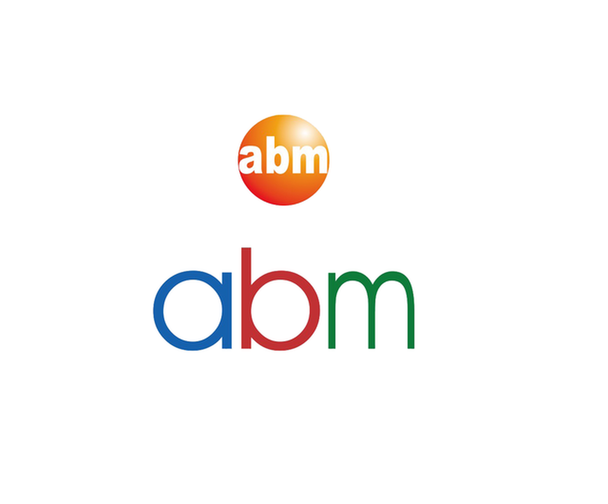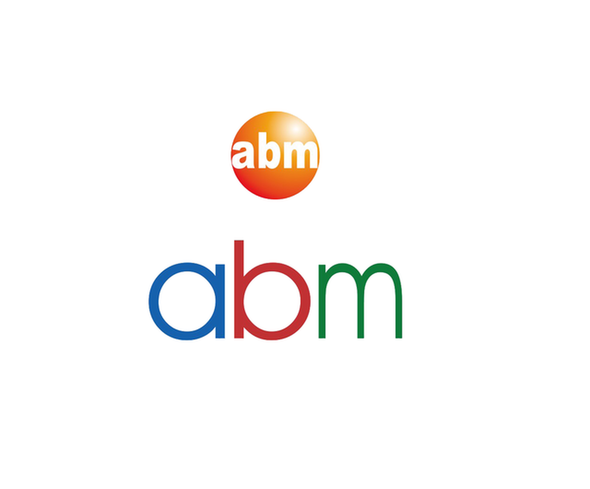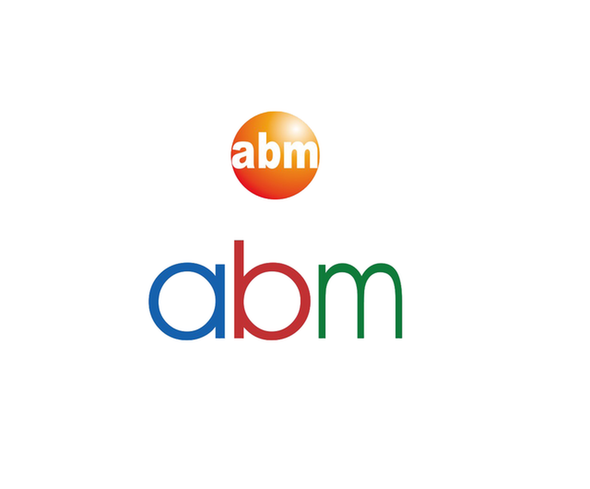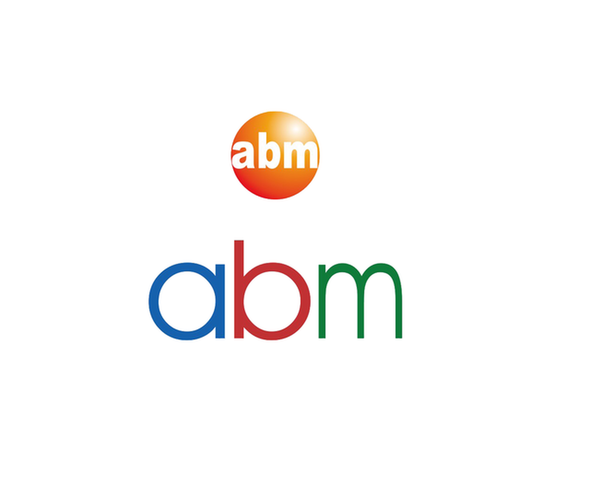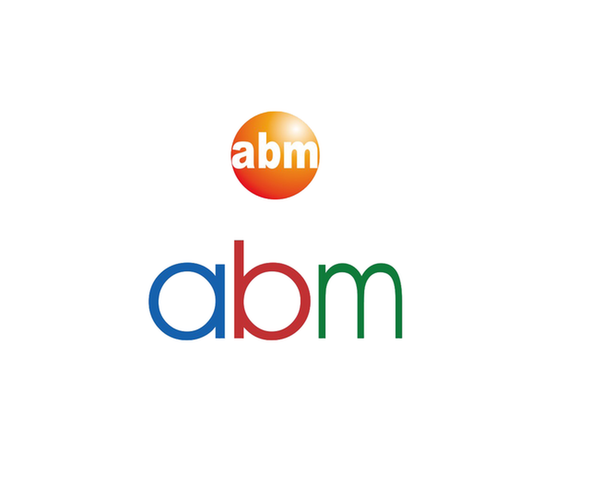abm | Immortalized Mouse Subcutaneous Adipose Multipotent Mesenchymal Cells (m17.ASC) | T0542
- SKU:
- T0542
- Availability:
- 5 to 7 Days Shipment
- Size:
- 1x10⁶ cells / 1.0 ml
Description
abm | Immortalized Mouse Subcutaneous Adipose Multipotent Mesenchymal Cells (m17.ASC) | T0542
Immortalization Method:
Spontaneous immortalization
BioSafety Level:
II
Organism:
Mouse
Species:
Mouse
Source Organ:
Adipose tissue
Organ Type:
Adipose
Growth Properties:
Adherent
Morphology:
Fibroblast-like
Passage Number:
N/A
Population Doubling:
N/A
Seeding Density:
Thaw entire contents into an appropriate T25 flask as specified in the Propagation instructions.
Markers:
N/A
Donor Age:
N/A
Donor Gender:
N/A
Donor Ethnicity:
N/A
Propagation:
The base medium for the cell line is Claycomb medium (Sigma-Aldrich). To make the completed growth medium, add the following components to the base medium: 2mM L-glutamine , fetal bovine serum ro a final concentration of 10%, Penicillin/Streptomycin Solution to a final concentration of 1%. Carbon dioxide (CO2): 5%, Temperature: 37.0°C.
abm does not recommend to use heat-inactivated FBS for cell culture unless specified otherwise.
Quality Control:
1) RT-PCR and Cytofluorimetry were performed on the cDNA from the cells to confirm the expression of stem cell markers Sca-1, c-kit, Islet 1, nestin, and nucleostemin.
2) Cells after differentiation were specifically stained with alizarin red, adipo-red and Alcian blue, and the tissue-specific collagen II antibodies, respectively to confirm osteogenic, adipogenic, and chondrogenic phenotypes the cells’ multipotency.
3) G-banding analysis for macroscopic chromosome alterations over time compared with normal mouse karyotypes.
Shipping Condition:
Dry Ice
Storage Condition:
liquid nitrogen or -180C

